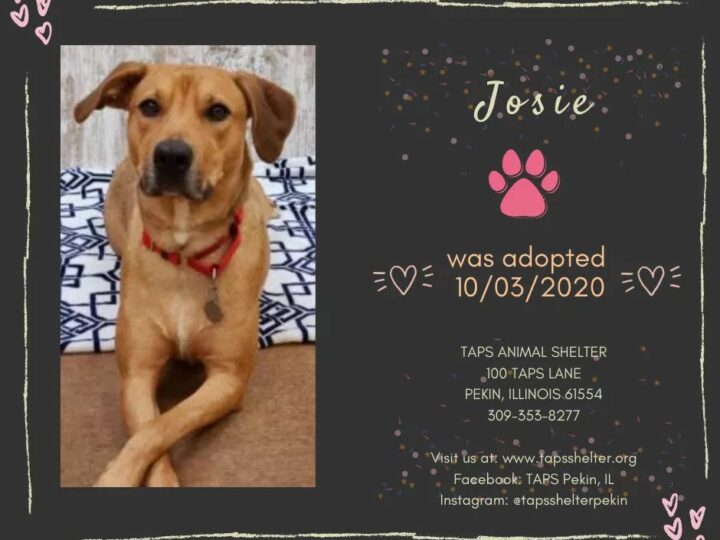Hi there, I’m Oreo and I am 2 1/2 years old. I am a pretty, tuxedo girl, who came to TAPS on transport from some distance away with my kittens. We went to live with a nice foster family while I raised my babies and I was a very good mama. My babies are now raised and have all been adopted. I am a little shy and reserved. It does not seem like I had much human interaction before coming here. Please just come at me slowly, once I get to know you, I do enjoy petting and sitting with my human friends. I just need to know that I am safe first. I also enjoy sitting in a warm sunny window and am learning what toys are.
I did test heart worm positive, but as it is not the same as with dogs, it can often resolve on its own. If I go home with another cat, they will just need to be on HW prevention, which is no big deal, as it is included in many monthly flea treatments such as Revolution.
Heartworms are a blood-borne parasite called Dirofilaria immitis that reside in the heart or adjacent large blood vessels of infected animals. Female worm are 6 – 14″ long (15 – 36 cm) and 1/8″ wide (3 mm). Males are about half the size of the female. Heartworm disease is much more common in dogs than in cats. However, recent studies of cats with heart and respiratory diseases have found an incidence of heartworms that is far greater than previously thought. Cats are relatively resistant to heartworm infection when compared to dogs, with the infection rate in cats reported to be 5-20% of the rate in dogs in the same geographic location; however, infection can still occur. Typically, cats have fewer adult worms than dogs, usually less than six. Many pet owners are surprised to learn that approximately 1/3 of infected cats live indoors only.
The life cycle of the heartworm is complex and requires two host animals in order to complete it. Heartworms require the mosquito as an intermediate host and as many as 30 species of mosquitoes can act as this host and transmit heartworms. Mosquitoes ingest immature heartworm larvae, called microfilariae, by feeding on an infected cat or, more commonly, an infected dog. The microfilariae develop further for 10 to 30 days in the mosquito’s gut and then enter its mouthparts. When an infected mosquito bites a cat, it injects infective larvae into the cat. The larvae migrate into the bloodstream, ending up in the right side of the heart and the pulmonary arteries. There they mature into adult heartworms capable of reproduction within about 6 to 7 months. Shortly thereafter, at around eight months after infection, they begin to produce a new crop of microfilaria that will live in the cat’s blood for about one month. Cats are resistant hosts, and few circulating microfilariae are generally found.
Because of this life cycle, it is necessary for a cat to be bitten by an infected mosquito in order to become infected with heartworms. Heartworms are not transmitted directly from one cat to another or from a dog directly to a cat.

As my time at the shelter has lengthened, I am now out and about with other cats in the open cat room and adjusting very well. I like to hang out with the volunteers who visit me and enjoy being the center of their attention. I am so thankful I am safe here at TAPS – but I would love for someone to adopt me. My potential adopter does need to speak with their vet and be aware that the heartworms could potentially defeat me – or I could live a long, long life. If you think I could be your special girl, please fill out an application so that you can come to the shelter and get to know me.


